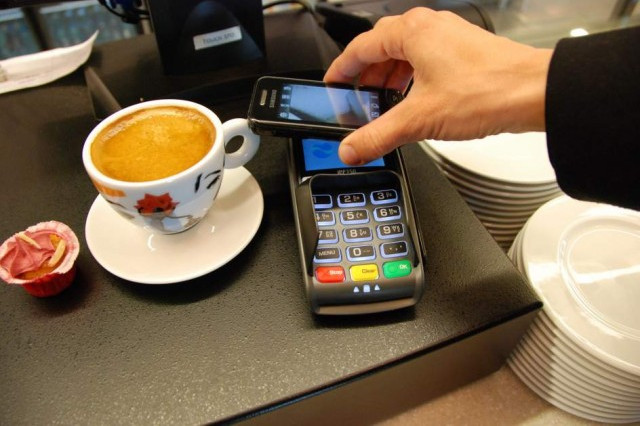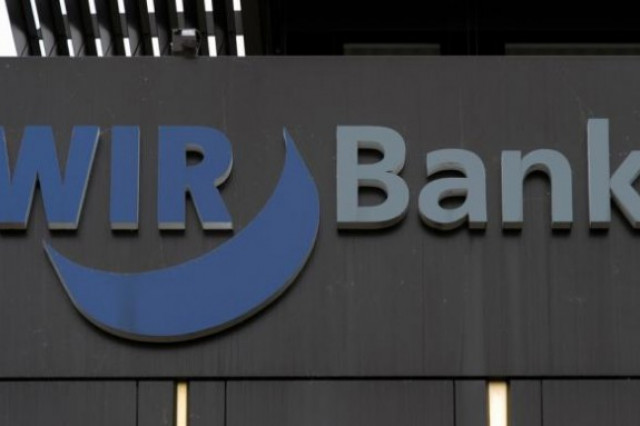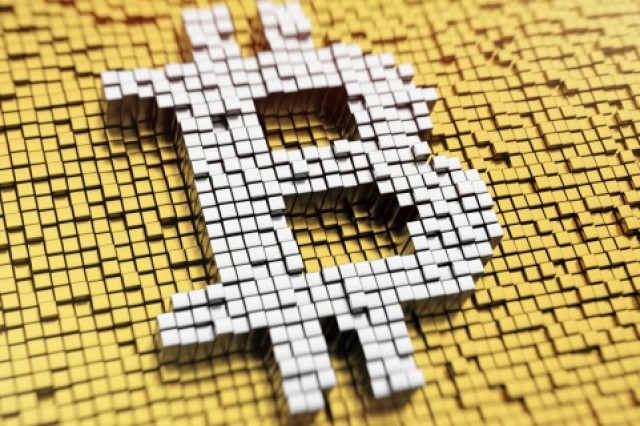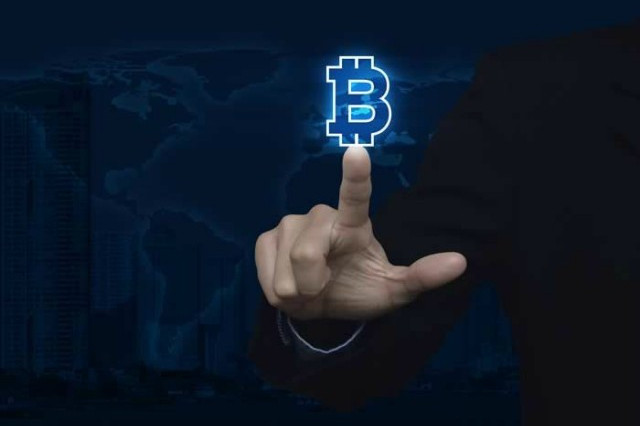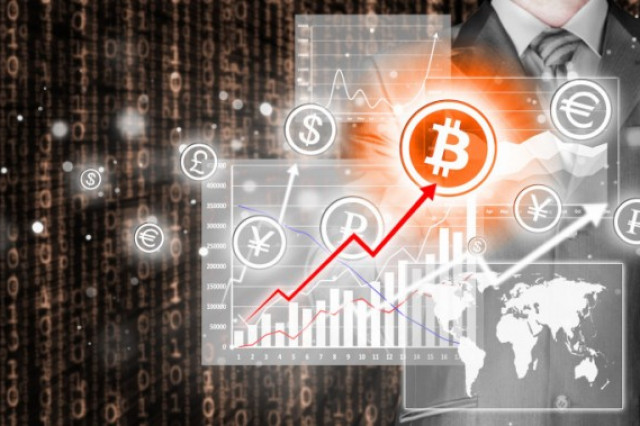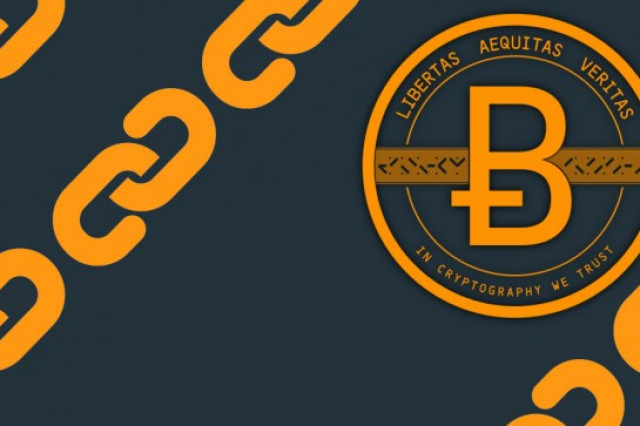Silicon Valley is the world leader in innovation. Its leaders inflate technologies like Bitcoin and Blockchain, which some say are the biggest inventions from the Internet. They are so complex that only a few mathematicians can understand them, and they require huge computing resources to function, yet billions of dollars are invested in them.

It is possible that India has leapfrogged and surpassed the technology industry of the United States with simple and practical innovations. This country's government has built a digital infrastructure that will soon process billions more transactions than Bitcoin does. With this, India skips two generations of financial technologies and builds something as monumental as the Great Wall of China or the US interstate motorways.
A decade ago, India had a big problem: almost half of its population had no ID. When you are born in a town without hospitals or government services, you do not get a birth certificate. If you cannot prove who you are, you cannot open a bank account or get a loan or insurance; You are doomed to be part of the informal economy, whose members live in the shadows and do not pay taxes.
In 2009, the government launched a project of colossal proportions, called Aadhar, to solve this problem. Their goal was to provide a digital identity to everyone, based on the fingerprints and retinal scan of each individual. As of 2016, the programme had created the 12-digit identification numbers to 1.1 thousand million people. It has been the largest and most successful IT project in the world and laid the foundation for a digital economy.
Provide the entire population with a bank account
The next challenge for India was to provide the entire population with a bank account. The government authorized the opening of eleven institutions called payment banks, which can hold deposits but do not make loans. To motivate people to open accounts, they offered free life insurance and turned them into a channel for getting grants and social aids. Over the next three years, more than 270 million bank accounts were opened with ten thousand million dollars in deposits.
India just introduced another novelty called India Stack. It is a series of secure and connected systems that allow you to store and share personal data and digitally sign document
India then launched its Unified Payment Interface (UPI), a system for banks to transfer money from one to another based on a unique user ID, the Aadhar number.
Compare this process with that used to process credit card payments: when you present your credit card in a store, the merchant cashier checks your signature and transmits your credit card information to a billing processor such as Visa, American Express, or MasterCard, which works with issuing banks and receiving banks. Billing processors act as trustees and clearing houses. In exchange for this service, traders are charged a fee of 2 to 3 percent of the transaction value. This cost is usually charged on top of the price of the service or product, so that it is passed on to the customer.
With a system like UPI, the billing processor is eliminated and the transaction cost is almost nil. A mobile phone and a personal identification number take the place of the credit card as an authentication factor. All you do is download a free app and write your Bank ID and PIN number, and you can instantly transfer money to anyone, regardless of which bank you use.
There is no technology barrier that prevents an UPI from operating in the United States. Transfers would occur in seconds, even faster than the ten minutes that a Bitcoin transaction takes.
India just introduced another novelty called India Stack. It is a series of secure and connected systems that allow you to store and share personal data such as addresses, bank statements, medical records, employment records and tax returns, and also allows signing documents digitally. The user controls what information to share and with whom, and electronic signature is produced through biometric authentication.
Disappearance of cash
Let's look at the example of opening a mobile phone account. It is complicated because telecom companies need to verify credit history and user identity. In India, it often takes several days to get all the documents required by the government. With the new "Know Your Customer" (KYC) procedures that are part of the India Stack, all that is needed is a retina scanner or thumb print to open an account in minutes. The same can be done for medical records. Imagine being able to share them with doctors and clinics as and when needed. This is certainly possible for us in the United States, but we are not doing so because there is no trusted central authority that has set about it.
Nobel laureate Joseph Stiglitz says that the United States should follow Modi's leadership in the gradual disappearance of cash and move towards a digital economy
India Stack will also transform the way loans are made. The typical villager currently has no chance of getting a loan because they lack a credible credit history and credentials. Now people can share information such as their bank statements, their utility bill payments and life insurance policies, and with this information, loans can be approved almost instantaneously based on verified data. This is a much more open credit rating system than that used by US businesses.
In November 2016, in a move to curb corruption and eliminate counterfeit notes, Prime Minister Narendra Modi surprised the country by announcing the withdrawal of all 500 and 1,000 rupee bills, which represent approximately 86 percent of all of the money in circulation. This move has been quite disruptive throughout the economy, has caused pain and suffering and has been widely criticized. However, it was a bold step that will surely produce long-term benefits, because it will accelerate the push to the digital currency and the modernization of India's economy.
Nobel laureate Joseph Stiglitz told the World Economic Forum meeting in Davos, Switzerland that the United States should follow Modi's leadership in the gradual disappearance of cash and move towards a digital economy because it would have "benefits that would compensate for the cost". Speaking of injustice and corruption that is becoming a problem in the United States and around the world, he said: "I firmly believe that countries such as the United States can and should make a transition to the digital currency so that there is the ability to track this type of corruption. There remain significant issues about privacy and cyber security, but it certainly would have great advantages."
We are not yet ready to become a cashless society, but there are many lessons Silicon Valley and the United States can learn from developing countries.
(*) Original published in English in the Washington Post on 01-23-2017



